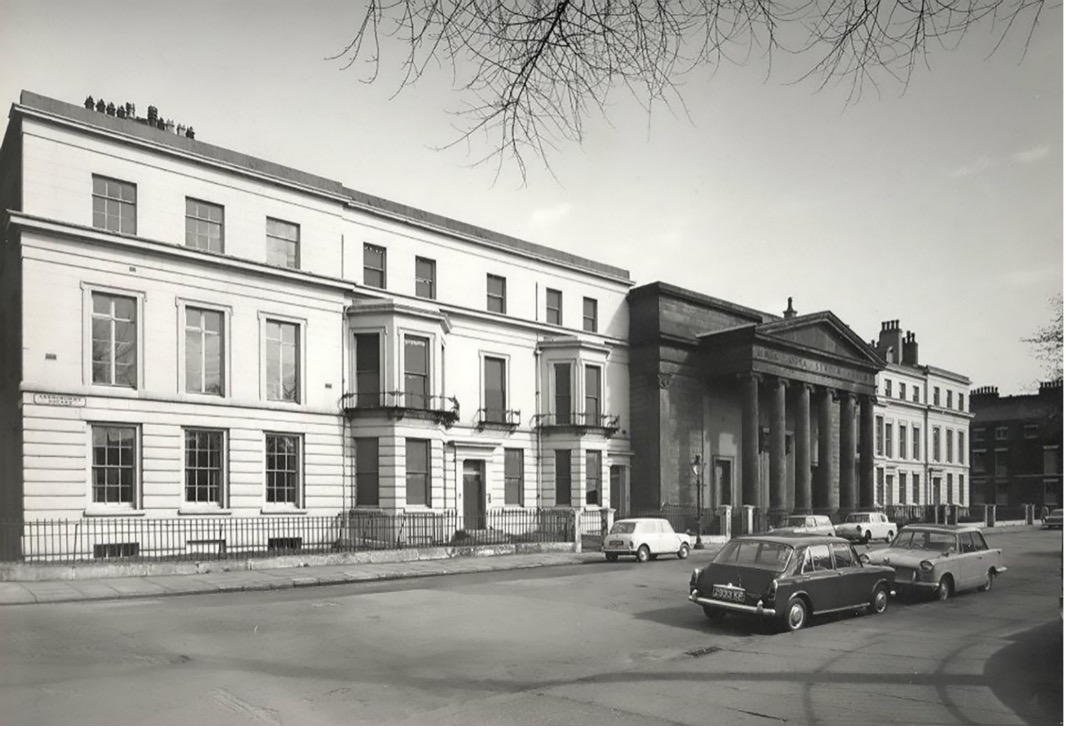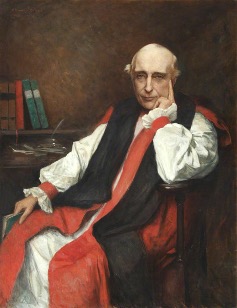The Church and the Square
Panel 10
The Industrial Revolution had resulted in an increasing number of people living in cities with few churches to cater for their religious needs. The rise in dissenter denominations, such as Methodism, was seen as further evidence of this shortfall. The Church Building Commission was established in 1818 with a mandate to solve social, political, and religious problems. In 1818 Parliament gave £1,000,000 to the Church Commissioners to build churches in populous districts. £200,000 was also privately subscribed, and in 1824 Parliament was persuaded to add another £500,000.
Roman Catholic Immigration, primarily from Ireland led to an increase in the number of Roman Catholics in England. In 1850 the first Roman Catholic bishop of Liverpool, George Hilary Brown, was appointed. The number of Anglican dioceses was also increasing. Opinion remained divided on whether diocese should continue to reflect the county or the growing urban cities within them. Liverpool was an example of the latter with Bishop John Charles Ryle being appointed in 1880 as the first Anglican Bishop of Liverpool and he took up residence in the Bishop’s Palace at 19 AS. In 1900, he retired and died later that year. Bishop Francis Chavasse was appointed that same year and was one of the leading evangelicals during the first quarter of the 20th century. In his first diocesan conference, Chavasse confirmed that he held deep evangelical views though his rhetoric was noted for its conciliatory tone. The construction of the cathedral began after Liverpool became a diocese and the foundation stone was laid by King Edward VII.

Fig 10.1 St Catherine’s Church before it was demolished in 1966 (Liverpool History Society).

Fig 10.2 Bishop Francis Chavasse by John Binney Gibbs 1928 (St Peter ’s College, University of Oxford).
Link: Liverpool Cathedral: Explore Our History
https://www.liverpoolcathedral.org.uk/about-us/explore-our-history/
References
Mari, P. J. (2010). Architecture at the Service of Ideology: William Morris, the Anglican Church and the destruction, restoration and protection of medieval architecture in Victorian England. Thesis, University de Montreal, 30. https://papyrus.bib.umontreal.ca/xmlui/bitstream/handle/1866/4268/Mari_Philippe_J_2010_Memoire.pdf?sequence=2&isAllowed=y
Morrish P. S. (1996) The Creation of the Anglican Diocese of Liverpool, Northern History, 32:1, 173-194.
Port, M. H. (2006). 600 New Churches: The Church Building Commission 1818–1856. Spire Books, 17-24.
Smith, M. & Taylor, S. (2004) Evangelicalism in the Church of England c.1790-c.1890: A Miscellany. Boydell & Brewer, 109-282.
St Catherines Abercromby Square. Lancashire Online Parish Clerks. https://www.lan-opc.org.uk/Liverpool/Liverpool-Central/stcatherine/index.html